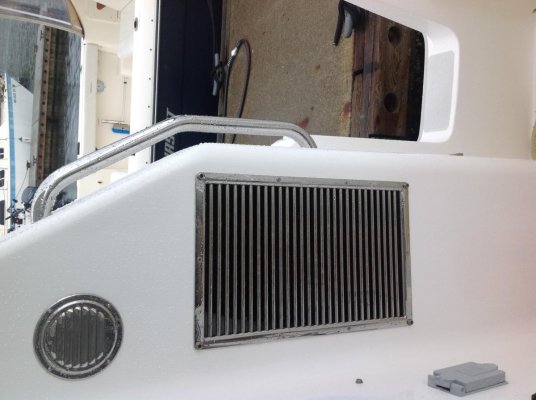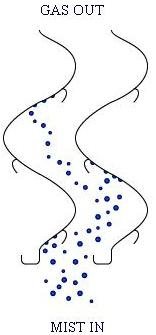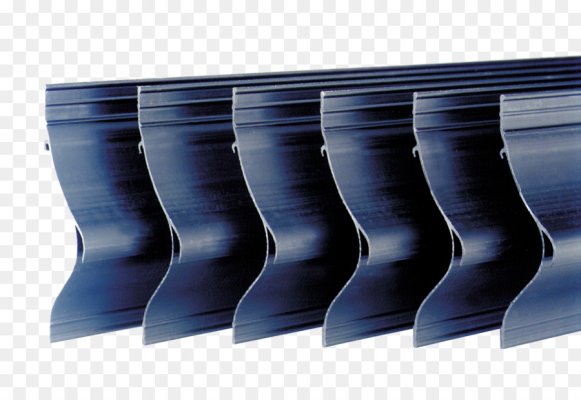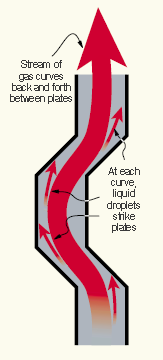IRENE
Guru
Ahoy,
Is anyone using a mist eliminator or demister on their engine room air intake(s)?
I am considering purchasing 2 for our air intakes aboard IRENE. I hope to benefit in the long-term by keeping more salt out of the boat, perhaps benefitting all things mechanical/electrical that salt does not help. Certainly they will help keep the ER cleaner, and reduce corrosion on the metal.
I have not worked aboard nor operated a boat with these installed. I see them on mostly commercial applications, as small as 45'. I am in the process of seeking quotes now.
All thoughts, advice, guidance, and snarky comments appreciated.
Thank you!
Is anyone using a mist eliminator or demister on their engine room air intake(s)?
I am considering purchasing 2 for our air intakes aboard IRENE. I hope to benefit in the long-term by keeping more salt out of the boat, perhaps benefitting all things mechanical/electrical that salt does not help. Certainly they will help keep the ER cleaner, and reduce corrosion on the metal.
I have not worked aboard nor operated a boat with these installed. I see them on mostly commercial applications, as small as 45'. I am in the process of seeking quotes now.
All thoughts, advice, guidance, and snarky comments appreciated.
Thank you!




